Marketing the Rainbow (3) – Now, about that Rainbow…
Somewhere over the rainbow,
Way up high …
These lyrics are from the musical The Wizard of Oz (by Yip Harburg, 1939), which became a gay favorite, if only due to Judy Garland playing the lead role of Dorothy. It was the funeral of Judy Garland, in 1969, which lead to the Stonewall riots in New York, the first organized signs of resistance against oppression of gay people, which were the beginning of the gay liberation movement in the USA. A number of lines from the musical still live on in ‘gay language’, such as “We’re not in Kansas anymore” and the enigmatic “Friends of Dorothy”.
I guess it is therefore this song, and this musical, that first links gays with the rainbow. The rainbow is now universally seen and recognized as the symbol for the gay community. It has succeeded other symbols.
The first symbol used for the gay community was probably the Pink Triangle. Some sources say it stood for gay liberation – whereas the rainbow is described as a symbol of gay pride, signifying a gay friendly and in some places, gay safe environment.
The pink triangle became one of the more popular and widely-recognized symbols for the gay community in the second half of the 20th century. It is rooted in World War II, and reminds us of the tragedies of that era. Although homosexuals were only one of the many groups targeted for extermination by the Nazi regime, it is unfortunately the group that history often excludes. The pink triangle challenges that notion, and defies anyone to deny history. It is still being used, next to the rainbow, for instance by ACT-UP.
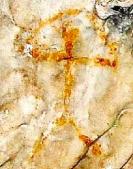 The use of rainbow flags as a sign of diversity, inclusiveness, hope and of yearning has a long history. Many groups, tribes, organizations have used the rainbow as their symbol, maybe starting as far back as 4,500 B.C. (picture right), most recently probably the Pace da tutti i balconi (“peace from every balcony”) campaign in 2002, started as a protest against the impending war in Iraq.
The use of rainbow flags as a sign of diversity, inclusiveness, hope and of yearning has a long history. Many groups, tribes, organizations have used the rainbow as their symbol, maybe starting as far back as 4,500 B.C. (picture right), most recently probably the Pace da tutti i balconi (“peace from every balcony”) campaign in 2002, started as a protest against the impending war in Iraq.
The rainbow as the symbol of the gay “movement” became more or less official when vexillographer (google that!) Gilbert Baker designed the Rainbow Pride Flag in 1978.
Baker, a friend of the late Harvey Milk, created the flag as a symbol of LGBT pride, liberation and diversity. “A true flag,” Baker said, “is torn from the soul of the people.” He started to work on the flag project after Milk convinced him to create a symbol that would call the gay movement to action when actress Anita Bryant publicly labeled all gays as child molesters in 1977. It was first used in public during the San Francisco “Gay and Lesbian Freedom Day Parade”. Since then it has been used around the world as a symbol of LGBT unity in many variations, such as bumper stickers and badges.
Fun fact 1: Baker’s rainbow flag only has 6 colors, instead of the ‘usual’ 7 (even though the rainbow is actually made up of an entire continuum of colors, even the ones your eyes can’t see). The original flag had eight stripes from top to bottom: hot pink (sexuality and sexual liberation), red (life), orange (healing), yellow (sunlight), green (nature), turquoise (arts of magic), indigo/blue (harmony or serenity), and violet (spirit). When Baker took his design to the San Francisco Flag Co. to have it mass-produced for the 1979 parade, he had to remove the hot pink stripe. Baker had hand-dyed the color, and unfortunately pink was not a commercially available color.
Later that year, when the city’s first openly gay supervisor, Harvey Milk, was assassinated, the 1979 Pride Parade Committee found in Baker’s flag the perfect symbol for the entire gay community to unite under in protest of this tragedy. The committee got rid of the indigo stripe to make the colors evenly divisible along the parade route: red, orange, and yellow on one side of the street; green, blue, and purple on the other.
Other sources explain the deletion of the 7th color as follows: when hung vertically from the lamp posts of San Francisco’s Market Street, the center stripe was obscured by the post itself. Changing the flag design to one with an even number of stripes was the easiest way to rectify this, so the turquoise stripe was dropped. Thus, today’s six-color flag was born and displayed during the 1979 Pride Parade.
Q: which side is up, the purple or the red stripe? A: there is no “right side up” for this flag. It may be flown either red up or purple up This information comes directly from Gilbert Baker.
Even though the flag already symbolizes diversity, many different variations have since come to life. For instance, a black stripe is added to some symbolizing those lost to AIDS. There are also variations to represent bisexual people, bears and others.
Fun fact 2: the flag sometimes mistakenly said to have been recognized by theInternational Congress of Flag Makers – which does not exist. It was inadvertently created by Baker when he was interviewed during a Flag Congress. He confused the organization FIAV (International Federation of Vexillological Associations ) and the event Flag Congress. The result was this supposed organization.
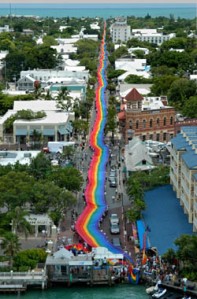 On the occasion of the 25th Anniversary of The Rainbow Flag in 2003, Baker created the world’s longest Rainbow Pride Flag, one that stretched from the Gulf of Mexico to the Atlantic Ocean in Key West (2 km long and 5 meters wide). For this occasion it was restored to its original eight colors.
On the occasion of the 25th Anniversary of The Rainbow Flag in 2003, Baker created the world’s longest Rainbow Pride Flag, one that stretched from the Gulf of Mexico to the Atlantic Ocean in Key West (2 km long and 5 meters wide). For this occasion it was restored to its original eight colors.
I called my thesis Marketing the Rainbow, not just because the rainbow stands for the LGBT population, but also because there is this elusive pot of gold at the end of it. And isn’t that what Marketers are looking for?
The flag has also become an unexpected fund-raising tool for the Gay Rights Movement. When large rainbow flags were first carried (horizontally) along parade routes with the carriers at the corners and along the sides, they found that people along the parade route would throw change onto the flags. At first, some people in the gay community took offense to this – they didn’t want people to feel that they were pitiable and in need of charity. But movements cannot exist on spirit alone, so many organizations took to this occurrence with enthusiasm and the practice continues to this day. This was probably the first link between the rainbow and money…
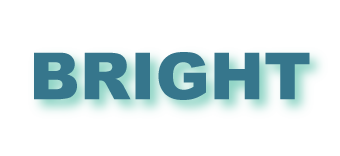
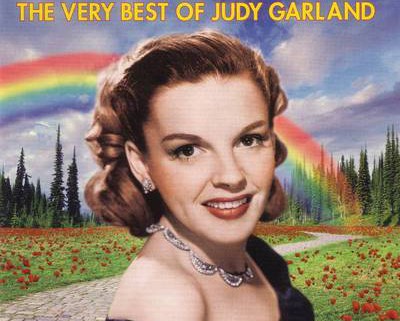


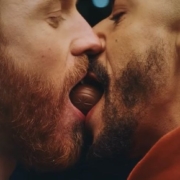
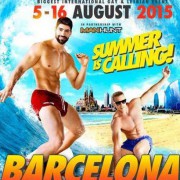
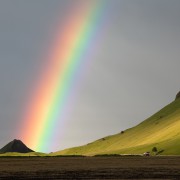
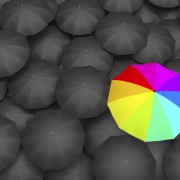
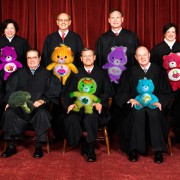
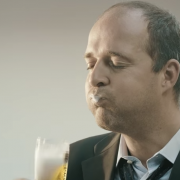
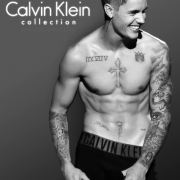
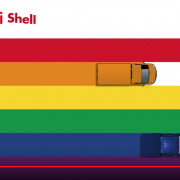


Leave a Reply
Want to join the discussion?Feel free to contribute!